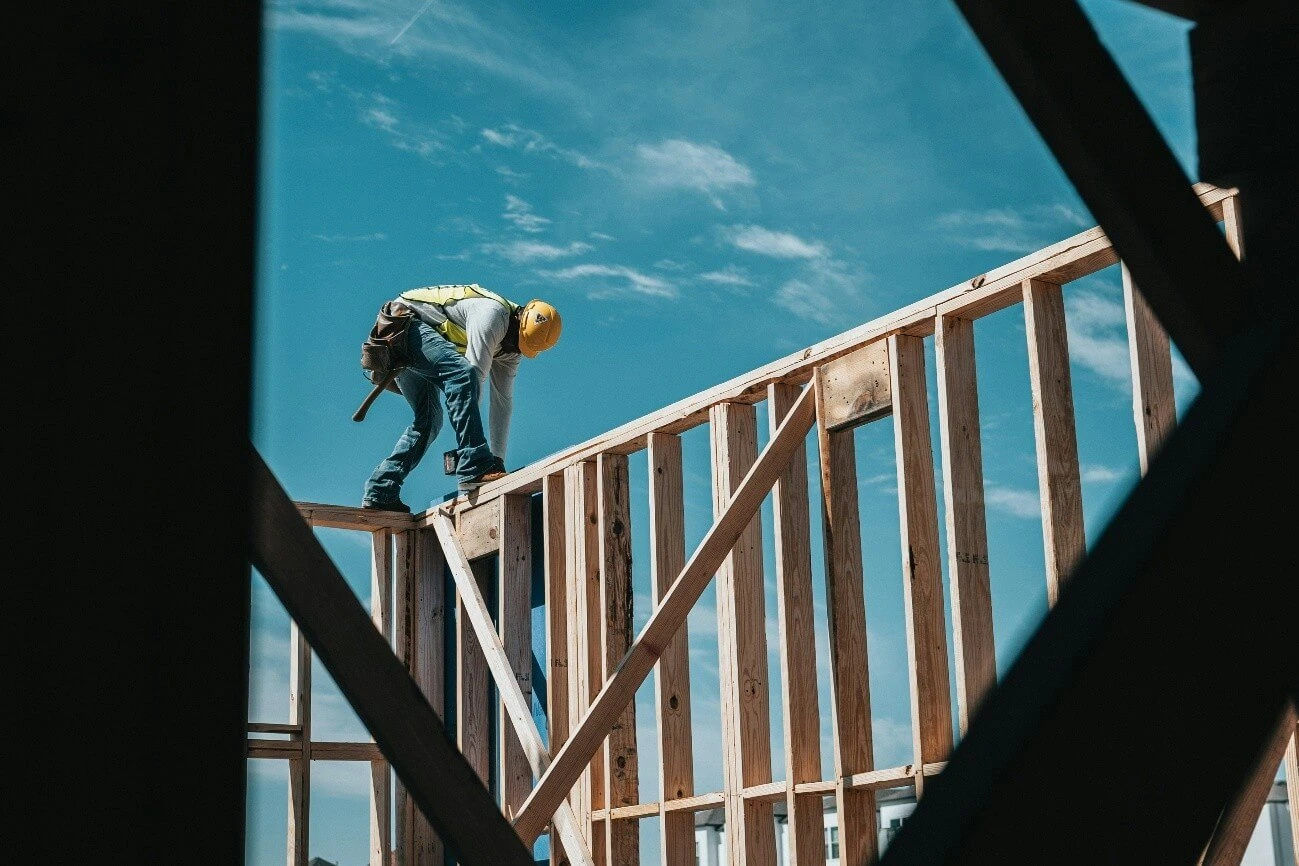Construction projects rarely go exactly as planned. Deadlines shift, resources get stretched and unexpected challenges appear from bad weather to supply delays.
In fact, studies show that more than 70% of large construction projects miss their original deadlines. In this fast-moving environment, success depends less on avoiding problems and more on how quickly and effectively you can respond to them.
Strong construction project management is the difference between a project that adapts and one that falls apart. It is not just about tracking tasks; it is about aligning people, processes and information so decisions happen fast, budgets stay on track and work moves forward safely.
Without the right strategies, delays, cost overruns and communication breakdowns are almost guaranteed.
In this article you will learn five proven construction project management strategies that top-performing teams use to deliver results on time and on budget.
From improving collaboration to making data-driven decisions these practical tips can help any construction business achieve greater clarity, control and confidence no matter the size or complexity of the project.

1. Strengthen Communication Between the Office and the Field
Miscommunication is one of the fastest ways for a construction project to fall behind. Plans get updated in the office but never reach the crew on site. Field teams spot problems but can’t relay them fast enough for managers to take action.
According to a PlanGrid and FMI study, poor communication accounts for 48% of all rework costs in construction.
That’s wasted hours, blown budgets and frustrated teams on both sides. The best project managers know that keeping the office and field connected is non-negotiable, it’s the only way to ensure everyone knows what’s happening, what’s next and what needs urgent attention.
2. Plan Resources with Clarity to Avoid Delays and Overlaps
Poor resource planning can throw a project off course long before the first brick is laid. Crews arrive to do the same job, or a critical piece of equipment is booked in two places at once.
At the same time, expensive machinery sits unused simply because no one knew it was free. These conflicts and oversights waste valuable hours, inflate costs and can even create safety hazards.
In fact, according to FMI’s 2023 Labor Productivity Study, three of the top four internal causes of lost productivity relate to planning, communication, and collaboration, pointing to why overlooked resource conflicts or coordination gaps often undermine multi‑site efficiency. Clear, proactive planning of labour, equipment and materials keeps every moving part in sync, preventing bottlenecks and ensuring progress stays steady from one stage to the next.
3. Use Real-Time Data to Drive Faster, Smarter Decisions
In construction, decisions are only as good as the data behind them and outdated information is one of the fastest ways to fall behind. A delivery is pushed back, a crew wraps up earlier than expected, or safety incident halts work on part of the site.
Yet the plan still shows business as usual. Without real-time updates, managers are left making guesses instead of informed calls, often reacting too late and at a higher cost.
According to industry research, teams using real-time data platforms report up to a 20% reduction in project delays, thanks to faster coordination and more informed decision-making. When the latest information moves instantly from the field to the office, every decision is grounded, turning potential setbacks into opportunities to keep the project moving.
4. Prioritise Safety and Compliance in Every Stage
One safety lapse can stop a project in its tracks and cost far more than the fine that follows. From missing certifications to overlooked site-specific regulations, small mistakes can have big consequences: work stoppages, financial penalties and risks to worker safety.
For instance, a study by Elcosh found that the average cost of workplace injury of a single lost time on a construction site is $35,000, with many cases exceeding that figure due to litigation, extensive medical care and ongoing compensation.
Yet safety checks and compliance tracking are still too often treated as separate from daily operations, leaving dangerous gaps that only surface when it’s too late.
Weaving safety and compliance into every stage of the build, from planning to communication to on-site execution, creates a safer workforce, keeps schedules intact and avoids the kind of headlines no company wants to see.
5. Track Progress and Accountability from Start to Finish
Even the most detailed construction schedule can collapse if progress isn’t tracked in real time. Without clear visibility into who is doing what, when and where, small delays go unnoticed until they turn into major setbacks. Tasks are skipped, crews start late and equipment sits idle while everyone assumes the work is moving forward.
According to PlanGrid and FMI, construction professionals spend up to 35% of their time on non-productive activities like chasing updates or fixing avoidable errors, that’s more than a day and a half each week lost.
Real-time tracking combined with clear task ownership keeps teams accountable and exposes issues before they escalate. With every action visible from day one to handover, you get fewer surprises, smoother coordination and projects that finish exactly as planned.
Turning Strategies into Successful Projects
Great construction projects don’t happen by chance, they’re built on strategies that work in the field, not just on paper. Strong communication, clear resource planning, real-time data, a focus on safety and consistent accountability create the conditions for projects to finish on time and on budget.
But turning these strategies into daily habits takes more than good intentions, it takes the right system to make them part of how you work every day.
EHSwise was built for exactly that. Designed for the realities of construction, it connects office and field teams, keeps resources and progress visible in real time and embeds safety, compliance and accountability into every stage of a project.
With everything in one place, teams can work with confidence, respond faster to change and keep projects moving without unnecessary setbacks.
When proven strategies meet the right tools, delays shrink, risks drop and teams deliver safer, faster and with greater consistency, every time.
Are you ready to take workplace safety to the next level? Contact Kianda EHSwise today to learn how our EHS software can help your business stay compliant and improve safety management.


